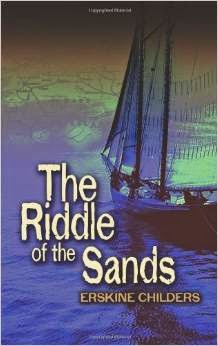The Origin of SOS – it’s not an acronym
The maritime “SOS” distress signal has become shorthand over the past one hundred years for any type of emergency. Some think it stands for “save our ship”. Britain’s Attorney General Rufus Isaacs was under the impression that “SOS” stood for “save our souls” during the Titanic inquiry. But that is not the case.
After Samuel Morse created the Morse code to transmit messages over large distances using light or electrical impulses, Marconi adopted it to transmit messages via his wireless radio transmitter. It allowed ships to communicate with other ships and land-based stations. British operators had started using CQ as a means to hail all stations “seeking you” and Marconi suggested adopting CQD to hail all stations during distress. But the Americans had started using NC, the Italians used SSSDDD, and the Germans preferred SOS.
At the first International Radiotelegraph Conference in 1906 in Berlin, delegates suggested international standards for ship-to-shore communications, including adopting SOS as the official distress signal for ships. The sequence of letters was easy to transmit and would be easily recognizable as a pattern: … --- … (three short and three long followed by three short). The letters were not an acronym and so “save our souls” is actually a backronym.
Even after other countries had adopted SOS, the British stuck with CQD and when the RMS Titanic sank in 1912, it signalled for help with both “SOS” and “CQD.”
As a HAM radio operator, I occasionally called CQ, CQ, CQ on various long-range frequencies to see who was out there. Several times I got responses from as far away as Japan and relays from remote locations. They were always happy to log a call with KC2KTD/MM, as a call with a Maritime Mobile station is considered the most cherished of all calls for a land station to receive.




Comments
Post a Comment